 The Information
The Information
Competent Authorit:Ministry of Education of P.R.C.
Sponsor:Tongji University
Editor and Publisher:Editorial Department of Jourmal of Tongji University (Shanghai 2002 China)
Editor in Chief:Li Jie
Tel:86-21-65982344
E-mail:zrxb@tongji.edu.cn
Web Site: http//tjxb.cnjourmals.cn
Domestic Distributor:Newspaper and Periodical Distribution Office of Shanghai
Overseas Distributor:China Intemational Book Trading Co. (P. O. Box 399,Beiig 10080 China)
- 1
- 2
- 3
The history of Journal of Tongji University can be traced back to 1918. At the proposal of Principal RuanShangjie, TongjiMedicine and Engineering College published Tongji,the first bi-monthly academic journal, whose editor-in-chief was Huang Shengbai.Tongjihas three parts: the first part is for experts and researchers, the second part is for ordinary citizens, and the third partis miscellaneous articles, including notes, letters, and introductionto new books. It was praised as “our ideal journal” by domestic scholars. After that, the college has successively published a variety of academic journals, such as Consciousness Monthly, Journal of Tongji, Tongji Medical Monthly,etc.
See the full profile>
-
2024, Doi: 10.11908/j.issn.0253-374x.22508
Abstract:
The cycle jump acceleration algorithm is improved based on the stochastic fatigue damage constitutive model in this paper. The extrapolation variable is changed from the damage variable to the energy dissipation variable. Then, the effects of the jump threshold and extrapolation mode on the calculation results of the acceleration algorithm are analyzed. When choosing appropriate jump thresholds, the improved acceleration algorithm can provide more accurate extrapolation variable information with less cycle-by-cycle calculation. As a result, the whole fatigue damage process simulation of concrete is more accurate and requires less computation. By employing the improved acceleration algorithm, the fatigue damage process of a plain concrete beam under compression is simulated. It is shown that the improved acceleration algorithm can simulate the whole fatigue failure process of concrete structures properly and effectively.
-
GE Yixun, ZHANG Jie, HUANG Hongwei
2024, Doi: 10.11908/j.issn.0253-374x.22449
Abstract:
This paper presents a hierarchical Bayesian model-based robust fragility assessment method for liquefaction-induced lateral displacement. The difference between incremental dynamic analysis (IDA) curves is quantified by the hierarchical Bayesian model, the distribution of the lateral displacement is predicted with the sampling method, and the robust fragility and exceedance curve for the liquefaction-induced lateral displacement are established. Finally, a sample site that has experienced the liquefaction-induced lateral displacement is taken to illustrate the process of establishing the robust fragility and exceedance curve based on the proposed method. The results are compared with relevant methods and it is shown that the proposed method can accurately simulate the distribution of IDA curves, and quantify the uncertainty associated with the robust fragility and exceedance curve.
-
HUO Ningning, FANG Tao, RUAN Xin, LI Yue
2024, Doi: 10.11908/j.issn.0253-374x.22464
Abstract:
This paper presents the static property of steel plate composite beam welded connections after corrosion degradation caused by chloride salt exposure. The degradation test involves the use of six studs, and the results of the test are used to explore the effects of rust on connections’ mechanical properties. The chloride salt corrosion path of environment-concrete-stud head in a bridge deicing salt environment is simulated. After the test is completed, the three-dimensional scanning reconstruction of studs shows that the stud heads are the most severely corroded, while the corrosion on stud shafts is relatively mild. The finite element simulation based on the three-dimensional scanning reconstruction of studs and experimental results reveal that as the degree of stud rust increases along the environment-concrete-stud head corrosion path, the connection’s bearing capacity, ultimate slip, and overall stiffness gradually decrease. According to test results, a corrected formula for the shear bearing capacity of the connection and a corrected formula for the load-slip curve of the connection, considering the rust rates of stud heads and stud shafts, are derived. The formulas show that compared with stud heads, the rust on stud shafts is more likely to cause a reduction in the connection’s shear resistance.
-
Lü Zhilin, JIANG Xu, QIANG Xuhong, XU Zhimin
2024, Doi: 10.11908/j.issn.0253-374x.22482
Abstract:
In order to study the repair effect of bonding angle-shaped steels on the welding throat fatigue crack of the U rib-to-deck in steel bridge decks, experimental and theoretical study was firstly carried out on the fatigue failure modes of concerned detail and the fatigue improvement after reinforcement. Then, the corresponding linear elastic fracture mechanics models were established based on Abaqus finite element software. The effects of different crack depths and initial dip angles on the crack propagation characteristics were investigated through the maximum circumferential stress criterion. On this basis, the strengthening effect of bonding angle-shaped steels on the fatigue details was verified. The results show that the out-of-plane bending deformation of the U-rib web is the controlling factor leading to fatigue cracking in the roof-U-rib welding throat. The fatigue crack is a composite fatigue crack dominated by type Ⅰ, and the equivalent stress intensity factor increases with the increase of crack depth, and reaches the maximum when the initial dip angle is close to 45°. The predicted crack propagation behavior is almost consistent with the experimental observations, and the angle between the propagation path and the top plate is between 30° and 45°. Compared with the un-strengthened specimens, the fatigue stress amplitude of the key measuring points of the corresponding cracked part is reduced by 90.5% after strengthening. Fatigue life can be significantly prolonged and the bonding layer is intact.
-
2024, Doi: 10.11908/j.issn.0253-374x.22499
Abstract:
In this paper, we propose a self-supervised algorithm based on VQ-VAE-2 for the automated detection of concrete structural apparent cracks. The algorithm demonstrates the capability to effectively detect cracks without available crack samples. By taking the reconstruction error as detection index, VQ-VAE-2 is trained on crack-free images. When applied to images with cracks, VQ-VAE-2 produces higher reconstruction errors. The original and reconstructed images are partitioned into blocks for calculating the reconstruction error. The maximum value of the reconstruction error between corresponding blocks is taken as the reconstruction error of the image. This approach increases the difference in reconstruction error between the two types of images. The results show that the algorithm achieves a precision of 0.954, a recall of 0.959, an accuracy of 0.956, and an F1 score of 0.957. These results indicate that the algorithm can effectively detect concrete structural apparent cracks even without crack samples in the training set.
-
LIANG Fayun, HUA Jian, LI Lin, LI Mingguang, XU Zhonghua
2024, Doi: 10.11908/j.issn.0253-374x.24034
Abstract:
Based on the limit equilibrium method, force balance equations of the soil were established to derive the theoretical solution of soil pressures for soils with finite width. Then, the effect of factors, such as the width-height ratio of the soil, soil cohesion, internal friction angle of the soil, and wall-soil friction angle on soil pressure, was investigated. By analyzing the key factors affecting the inclination angle of soil failure, a simplified formula for calculating the soil pressure behind wall was developed. The results indicate that under the condition of the finite soil width, the forces on the front and back of soil wedges at the same height are basically the same. The internal friction angle of the soil significantly influences the soil pressure, while the impact of the soil cohesion and wall-soil friction angle is relatively minor. The inclination angle of soil failure varies approximately between the angles calculated by Rankine and Coulomb theories. Moreover, the wall-soil friction angle and the internal friction angle of the soil have significant effects on the sliding surface angle and the calculation range of finite soil pressures.
-
LIU Xian, JI Hanqing, GAN Haijie, SUN Xuebing, WANG Jinlong
2024, Doi: 10.11908/j.issn.0253-374x.22470
Abstract:
Based on the application of ultra-high performance concrete (UHPC) in the shield tunnel strengthening, the steel plate-UHPC reinforced structure of shield tunnels was proposed. Steel plates were utilized as the inner linings of shield tunnels, with UHPC filling between steel plates and segments. Planting reinforcing bars, chemical anchors and struts served as the interface connectors, forming a community capable of withstanding external load. By conducting the full-scale ultimate load test and establishing the nonlinear numerical model, the failure mechanism of the reinforced structure was investigated, and key factors affecting the reinforcement performance were analyzed. The results indicate that the failure mode of the reinforced structure exhibits superior ductility characteristics. The stiffness of the reinforced structure is primarily dominated by the stiffness of the segments and the reinforcement, while the bearing capacity of the reinforced structure is crucially influenced by the strength of segements, and the ultimate bearing capacity increases by 28% compared to the structure only reinforced by UHPC. In the event of the limit state, a few steel plates located at the top and waist of the structure yield, with main reinforcements yielding in tension. The numerical parameter analysis demonstrates that the performance indexes of the reinforced structure are significantly influenced by the thickness of reinforcement layers and the bonding performance of interfaces. Consequently, it is recommended that the thickness of the steel plate be increased and that the interface connectors be secured.
-
TU Huizhao, LIU Jianquan, ZHENG Yeming, LI Hao
2024, Doi: 10.11908/j.issn.0253-374x.23415
Abstract:
Based on a survey of personalized travel demands, three key types of demands were identified, i.e., access to ride resources, willingness to carpool, and travel efficiency. Building on these findings, a personalized demand-oriented autonomous microbus service model, featuring reservation+real-time ride+non-fixed station, was proposed. Then, a dynamic scheduling model and a corresponding solution algorithm were developed. A case study based on a real-world road network and a random order test set demonstrated that, under identical order demand conditions, providing wheelchair-accessible spaces and offering non-shared ride services can significantly improve the order service rate and social equity,but albeit at an increased system cost.
-
DONG Chunjiao, WU Rui, YANG Daoyuan, ZHAO Dan, LI Ning
2024, Doi: 10.11908/j.issn.0253-374x.23044
Abstract:
Based on GNSS data, the rule and method of extracting taxi kinematic segments were proposed. According to the principal component analysis (PCA) and cumulative contribution rate, 8 key indicators were determined to represent kinematic segments. Combined with K-mean clustering algorithm, the taxi kinematic feature patterns were obtained. In order to ensure the objective rationality of the weight of key indicators, the CRITIC method considering the correlation of indicators and the entropy weight method considering the dispersion degree of indicators were adopted. The VIKOR evaluation model based on Nash equilibrium combination weight was established to evaluate the driving state of the taxi under multi spatio-temporal scenarios. The results show that the combined weighting method based on the Nash equilibrium can effectively integrate the merits of the CIRTIC method and entropy weight method and obtain a more reasonable weight coefficient. In terms of overall safety, efficiency and comfort, the driving condition of the main road and secondary road is better than that of the branch road. The safety of taxi driving is the best in the morning peak, and relatively ordinary in the evening peak and flat peak.
-
SHE Feng, YANG Guiyong, LIU Jianhu, WANG Ping
2024, Doi: 10.11908/j.issn.0253-374x.23408
Abstract:
In the roadside perception, the traffic scene is complex and changeable, and a single type of sensors cannot meet the requirement of all-weather and all-day work. Therefore, the multi-sensor fusion has gradually become a development trend, which is on the premise that the joint calibration among sensors should be achieved. In this paper, by placing markers in the common view area of lidar and camera, the point cloud coordinate and corresponding pixel coordinate of feature points are obtained, and external parameters between lidar and camera are obtained by EPnP (Efficient Perspective-n-Points) algorithm. The point cloud of the lidar on the road surface is up-sampled, and corresponding pixel coordinates are generated according to the matrix of the joint calibration. The model is trained to fit the point cloud and pixel by using the algorithm of decision tree regression and random forests regression, and then the pixel coordinate is converted to WGS84 coordinate according to the results of lidar calibration. This method does not need the integration of lidar and camera. The effectiveness of the proposed joint calibration scheme is verified by the experiment.
-
ZHANG Hongcheng, DAI Chaomeng, YOU Xueji, LI Zhi, LI Jixiang, ZHANG Yalei
2024, Doi: 10.11908/j.issn.0253-374x.23014
Abstract:
The application of in-situ extraction techniques such as the horizontal drilling and hydraulic fracturing sparked a global shale oil and gas extraction boom, but the potential risk of the groundwater contamination has raised significant concerns among the public. In this paper, we review main pathways and risk assessment methods of the groundwater contamination associated with the shale oil and gas development. Building upon the existing research, the characteristic pollutants, contamination pathways and migration driving forces of the groundwater contamination in the shale oil and gas development are presented. Subsequently, the principal assessment methods of the groundwater contamination risk caused by the shale oil and gas development are summarized, and the research status and future directions of the index-based method, process-based method and statistical method within the shale oil and gas landscape are discussed. Finally, potential areas for future research are outlined.
-
HE Junxi, XIAO Rui, NIE Qingke, HUANG Baoshan
2024, Doi: 10.11908/j.issn.0253-374x.23061
Abstract:
In this study, the potential application of coal gasification fly ash (CGFA) in ordinary Portland cement (OPC) and hydrated lime is investigated including the compatibility of CGFA and WH-A polycarboxylate superplasticizer and the mechanical property of hydrated lime-CGFA and OPC-CGFA systems. Reaction mechanisms and reaction products of the two systems are studied by using XRD, FTIR and SEM. It is found that the reactivity of CGFA in cementitious materials can be considerably enhanced by grinding while the as-received CGFA with low pozzolanic reactivity could be used as sand in concrete. The hydrated lime and OPC provide the alkaline environment to facilitate the dissolution of CGFA. The maximum 28 d compressive strength up to 14.43 MPa (60.0% CGFA) and 35.79 MPa (35.7% CGFA) can be obtained in hydrated lime-CGFA and OPC-CGFA systems, respectively. The intensity of Portlandite peaks decreases with the increase of CGFA mass fraction, indicating that Ca(OH)2 reacts with SiO2 provided by CGFA to form C―S―H.
-
ZHANG Jimin, WANG Hangsheng, REN Qiao
2024, Doi: 10.11908/j.issn.0253-374x.22520
Abstract:
In order to ensure the suspension stability of maglev trains, we investigate the suspension control problem of medium-low speed maglev vehicles under the disturbances of nonlinear magnetic fields and track irregularity in this paper. Firstly, the dynamic and static magnetic field characteristics are analyzed based on the finite element method, and a suspension force model considering magnetic saturation and eddy current effects is established. A mathematical model of a single suspension unit is built on the basis of the suspension force model. Then, a robust adaptive control method is proposed, which flexibly adjusts the control parameters through the adaptive law in the framework of generalized PI control. The Lyapunov method is used to prove that all signals in the closed-loop system are ultimately uniformly bounded. Finally, simulations under various operating conditions are conducted on the whole vehicle dynamics model to verify the effectiveness of the proposed control method. It is shown that air gap tracking errors under the robust adaptive control are both reduced by over 70% under sine and random disturbances, and compared with the traditional PID control, the maximum differences of air gap tracking errors between the front and rear suspension points of the same suspension module decrease from 1.571 8 mm and 1.227 8 mm to 0.195 2 mm and 0.396 2 mm respectively under the condition of vertical curves.
-
YANG Ling, SONG Fanbin, CHENG Biquan, SUN Nan, LOU Lizhi
2024, Doi: 10.11908/j.issn.0253-374x.22288
Abstract:
In this paper, the cycle slip detection method of TurboEdit is used to detect the GPS observation data of 357 stations evenly distributed in the continuous operational reference system (CORS) of the United States of America from 2015 to 2019. The spatial and temporal characteristics of the cycle slip detection results are statistically analyzed, and the correlation between the cycle slip frequency(F-CS) and the elevation angle, local time, season and year is discussed. The results show that F-CS values are relatively higher at low altitude angles and there are more cycle slip events between 12:00―18:00 than those in other times. In addition, F-CS values in March and September reach the peak, and F-CS values in March are higher than those in September. It is notable that F-CS values in 2015 are higher than those in other four years.
-
2024, Doi: 10.11908/j.issn.0253-374x.22509
Abstract:
Considering the duality of doctor-patient interactions from both sides, an evolutionary game model of the doctor-patient trust with the simultaneous existence of adverse selection and moral hazard under the dual information asymmetry was constructed. The effect of factors on the doctor-patient trust was analyzed through the evolutionary equilibrium solution and simulation. It is shown that, the expectation higher than actual ability does not always result in negative emotion, and the reasonably high expectation helps both sides evolve their trust strategy when the expectation is higher than the actual condition but does not exceed the critical value; when it comes to ensure the patient’s information benefit, even there is an information disadvantage compared to the doctor, both doctors and patients still prefer trust strategy; it is more critical to improve the communication ability of the doctor and reduce the moral risk of the patient for trust strategy selection. Finally, in the context of the 1·20 Beijing Chaoyang Hospital injury case, the effects of the discussed progression of doctor-patient communication, expectation, and moral hazard on the trust behavior of both doctors and patients were discussed, and the effectiveness of the model was verified.

 Author Login
Author Login Review Login
Review Login Editor Login
Editor Login Reader Login
Reader Login Friend Link
Friend Link
 Quick Search
Quick Search

















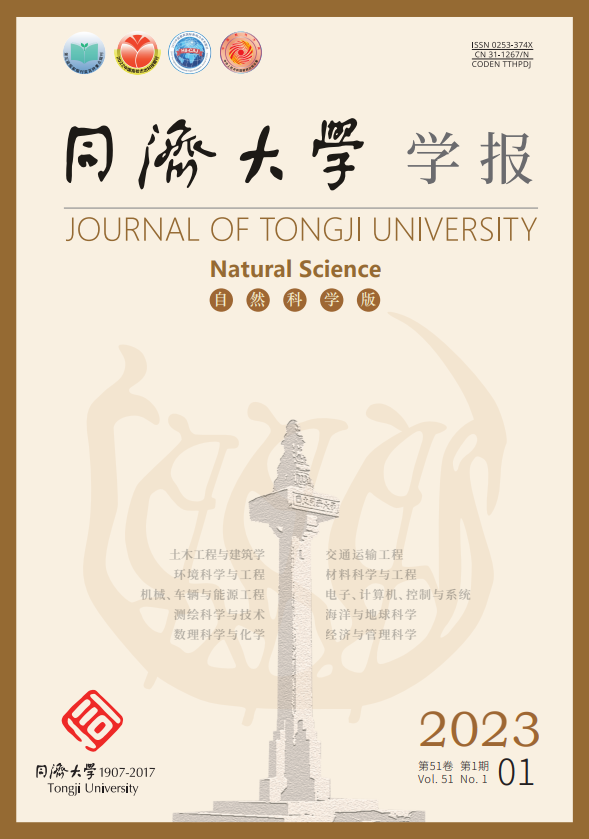


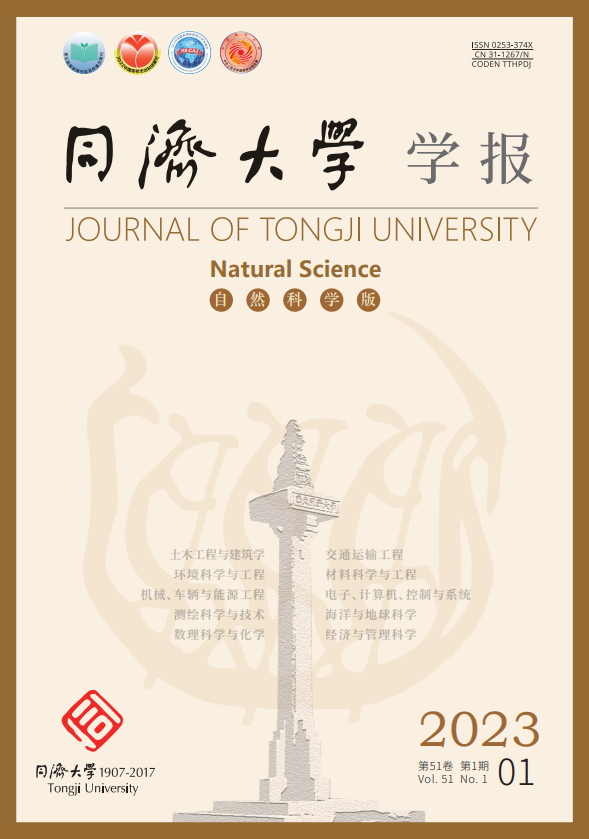
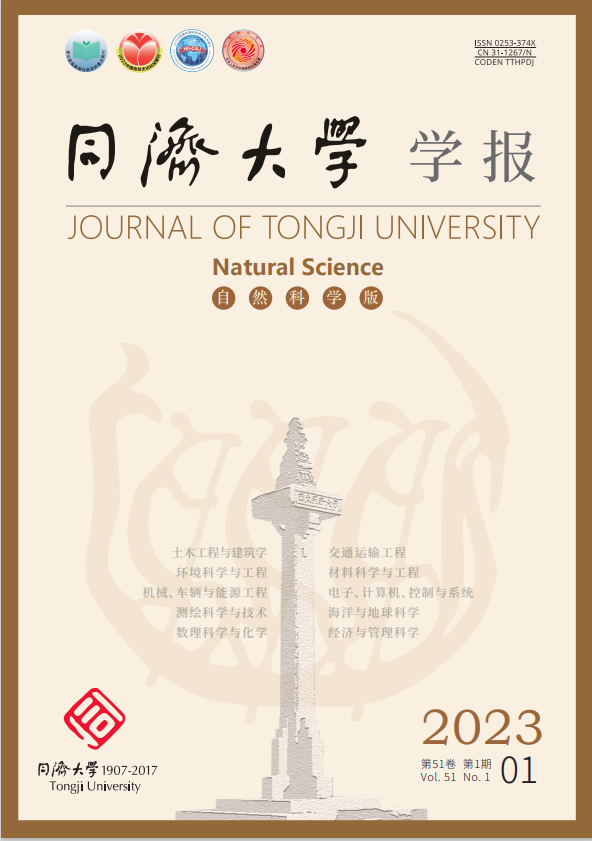





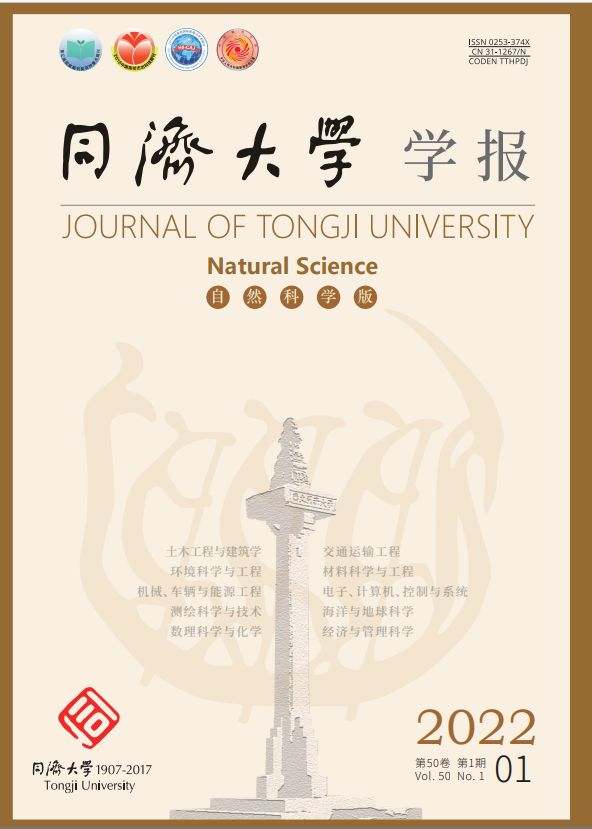


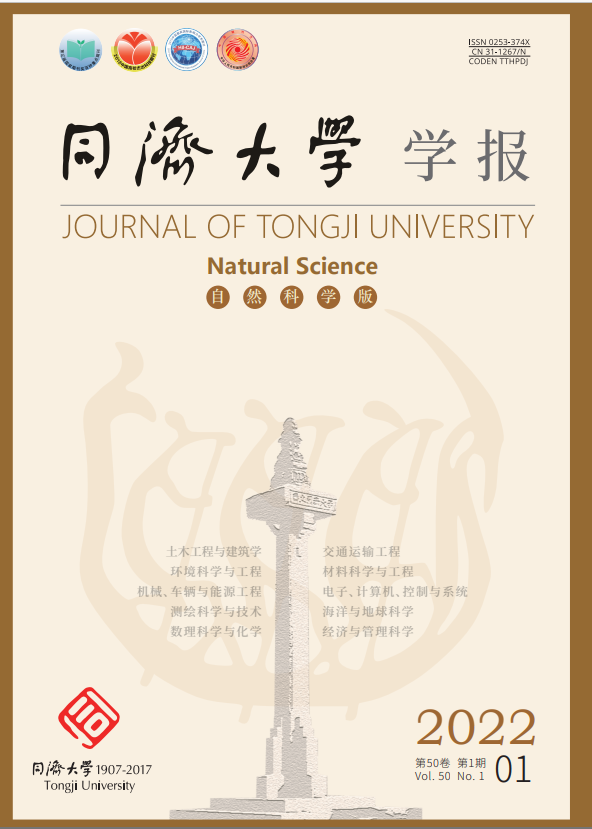


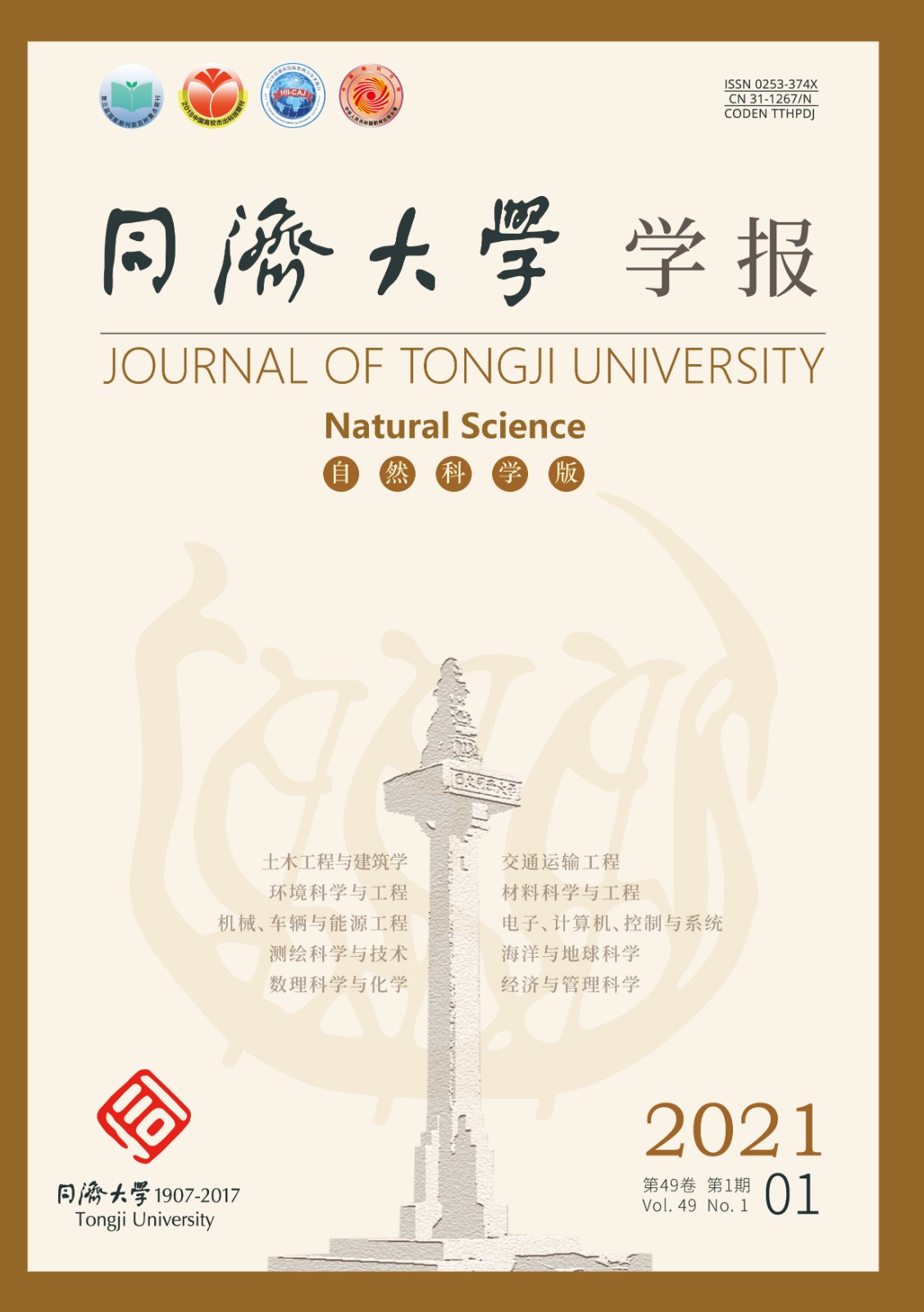












































































_编辑.jpg)
_编辑.jpg)
















































